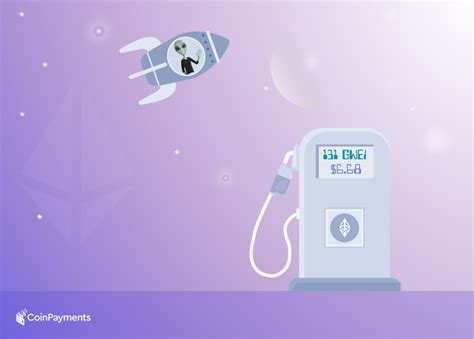The Rise of Cryptocurrency and the Hidden Cost of Trading: Understanding Gas Fees
Cryptocurrencies have revolutionized the way we think about money, security, and online transactions. From Bitcoin to Ethereum, these digital currencies have captured the attention of investors, entrepreneurs, and everyday users worldwide. However, one aspect that has gained significant attention in recent years is a crucial component of the cryptocurrency ecosystem: gas fees.
Gas fees are the charges levied by blockchain networks on each transaction, regardless of whether it’s an outgoing or incoming payment. They serve as a fee for miners to validate transactions and verify the integrity of the network. While the concept of cryptocurrency may seem intuitive at first glance, understanding how gas fees work is essential for traders who plan to participate in this digital space.
What are Gas Fees?
Gas fees are typically denominated in units of a specific cryptocurrency’s native token, such as Ether (ETH) or Bitcoin (BTC). The fee is calculated based on the complexity of the transaction, including factors like block size, network congestion, and the number of transactions involved. To give you an idea of just how significant gas fees can be:
- In 2017, a single transaction involving two Bitcoin and one Ethereum transaction cost approximately $6 million.
- The average gas fee for Bitcoin in 2020 was around $2-3 per block, which is roughly equivalent to the annual GDP of countries like Greece or Ireland.
Factors Affecting Gas Fees
Several factors contribute to the increasing costs of trading on cryptocurrency exchanges. Some of these factors include:
- Block size: The size of each block determines how many transactions can be processed simultaneously. As block sizes increase, fees rise.
- Network congestion
: When more users try to send or receive funds at once, it puts a strain on the network, leading to higher gas fees.
- Transaction complexity: Fees are also influenced by the number of inputs and outputs involved in each transaction. Simple transactions with few inputs and outputs tend to be cheaper than complex ones.
- Block time: The time between block creation and verification affects the frequency of transactions. Faster block times result in higher gas fees.
Consequences for Traders

Gas fees can have a substantial impact on traders, particularly those who are new to cryptocurrency markets or lack experience with decentralized exchanges (DEXs). Here are some ways trading on cryptocurrency exchanges might be affected:
- Reduced trading volumes: High gas fees can discourage users from participating in the market, leading to reduced trading volumes.
- Increased transaction costs: For traders who have limited budgets, high gas fees can add up quickly, making it more challenging to execute trades.
- Higher overall fees: Gas fees are just one aspect of an exchange’s total fees structure. Other charges, such as withdrawal fees and trading fees, may also apply.
Mitigating the Impact of Gas Fees
While gas fees remain a significant concern for traders in cryptocurrency markets, there are ways to mitigate their impact:
- Choose exchanges with low or no transaction fees: Some platforms, like Binance and Kraken, offer lower fees compared to others.
- Use wallet services with built-in fee reduction: Services like Coinbase Wallet and MetaMask offer features that help reduce gas fees by optimizing transaction routing and batching transactions together.
- Consider alternative cryptocurrencies: If you’re new to cryptocurrency trading or prefer a more budget-friendly option, consider investing in altcoins (alternative cryptocurrencies).
- Stay up-to-date with exchange updates: Keep an eye on announcements from your chosen exchanges regarding fee increases, reductions, or special promotions.